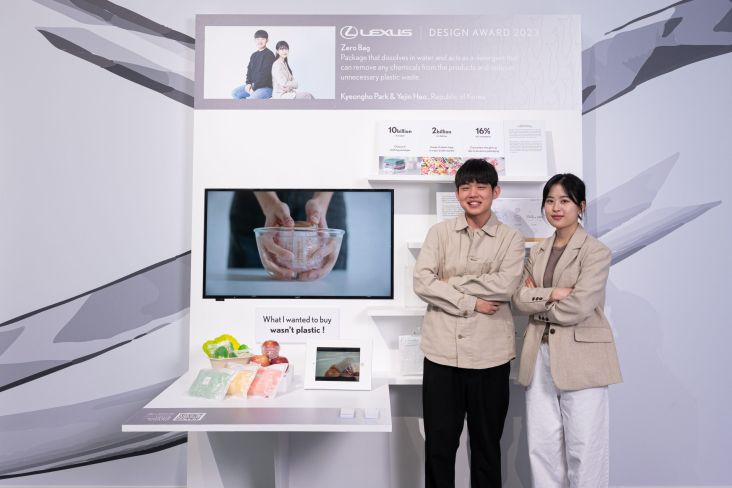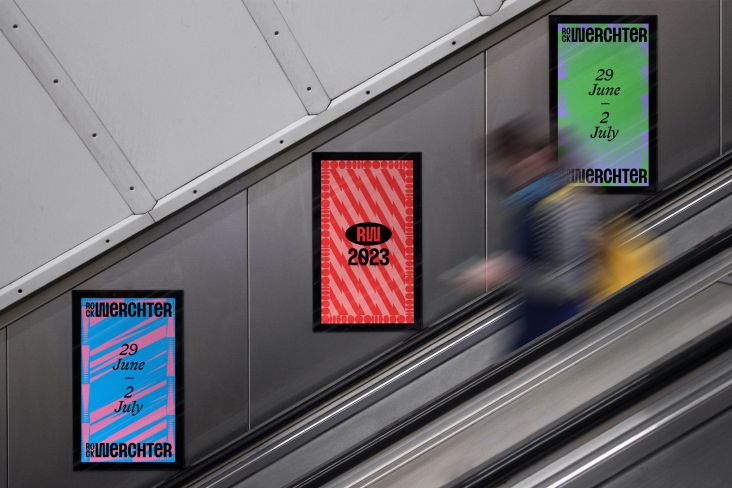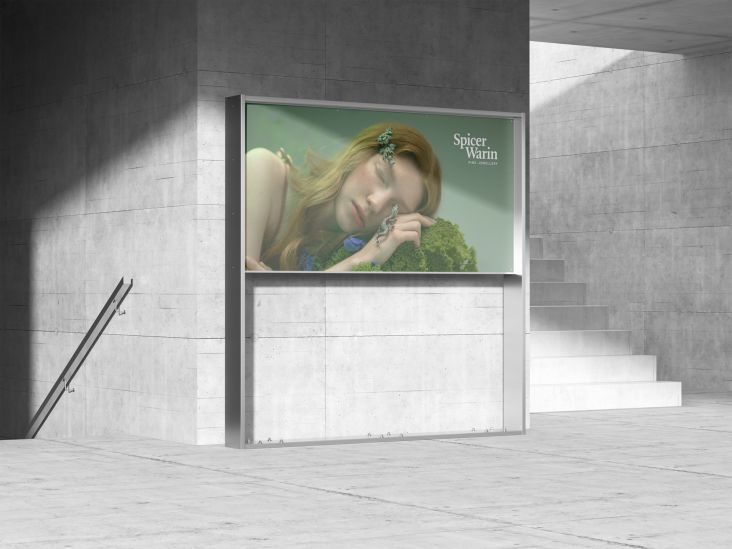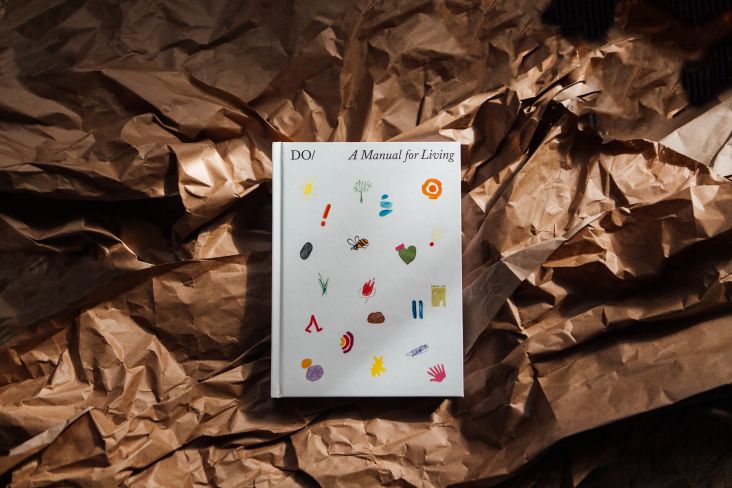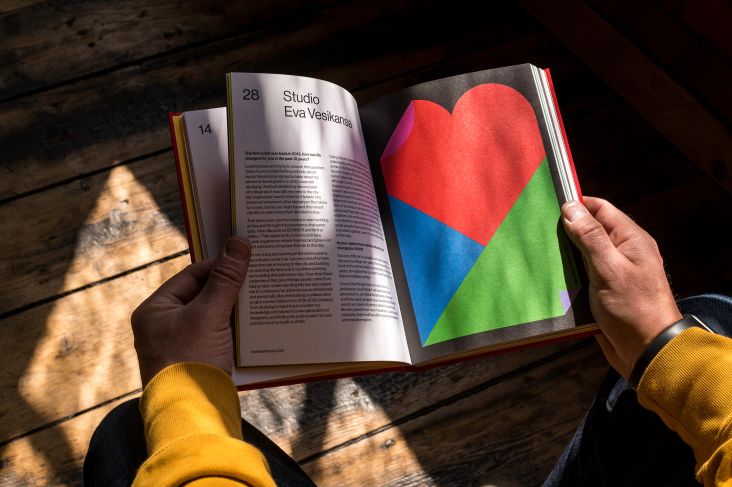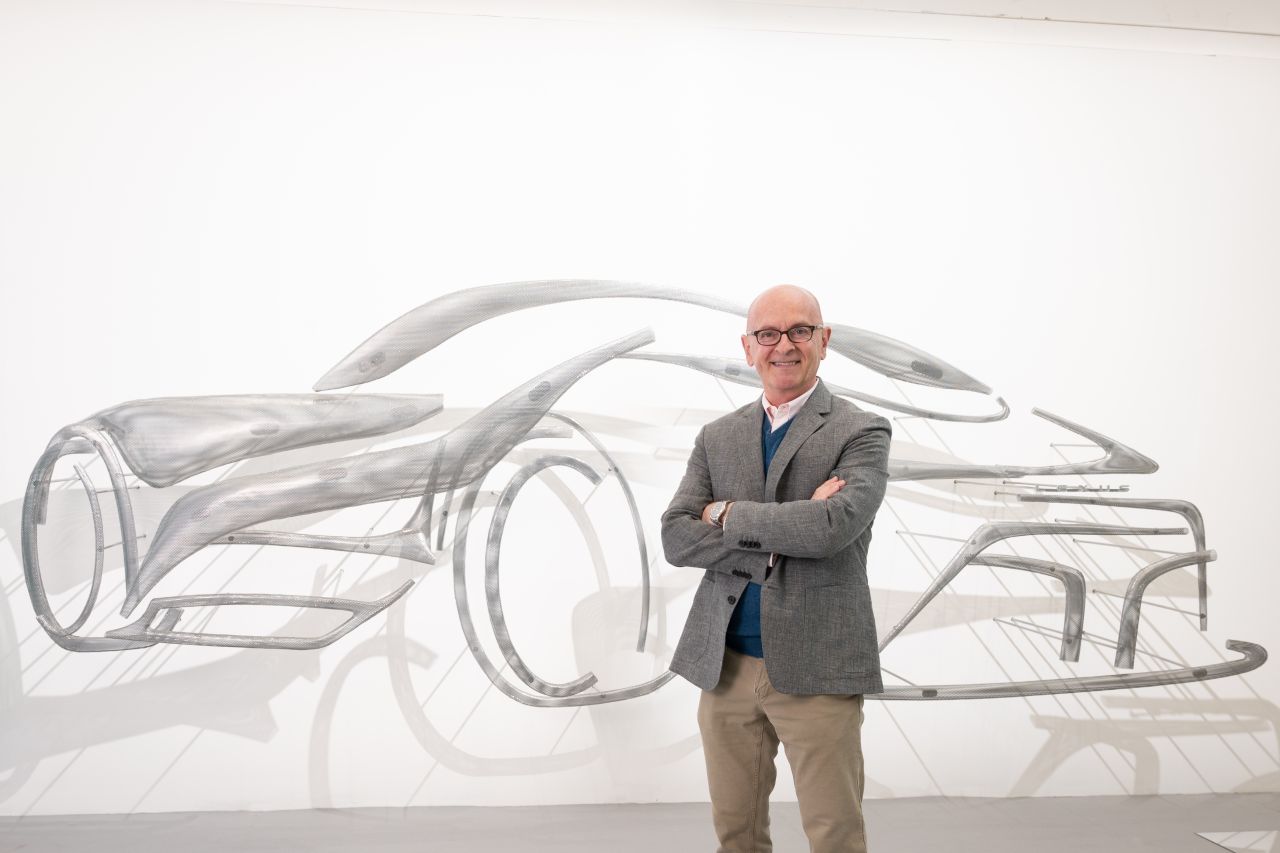
Brian in front of a new installation by Suchi Reddy, Shaped by Air, inspired by the Lexus Electrified Sport, on public view at Superstudio Più in Milan
Once, we all knew what a car was. But right now, its very essence is transforming.
It's transforming in terms of propulsion, with an epoch-defining shift from petrol to electric. It's transforming in terms of driving from manual to autonomous; the UK's first hands-free car, the Ford Mach-E, will take to the roads this year. And it's changing in terms of entertainment, with big car makers at this year's CES promising to stream movies, music, games and more into the dashboards of future models.
As the luxury vehicle division of the Japanese automaker Toyota, Lexus is at the forefront of all these developments. So as part of this year's Milan Design Week, I sat down with their global head of marketing, Brian Bolain, to find out what all this means for the future of automotive branding.
No more boring cars
To start with, Brian believes that Lexus is in pole position to capitalise on the latest car technologies, thanks to a big sea-change in company thinking that's already taken place.
"Twenty to 30 years ago, we were much safer in our design choices," he explains. "But a little over ten years ago, we finally decided to be a little bolder in our design. This came directly from above: our then-President Akio Toyoda made a speech in which he said, 'No more boring cars'. That was his edict. And it was heard loud and clear in the design community inside the company."
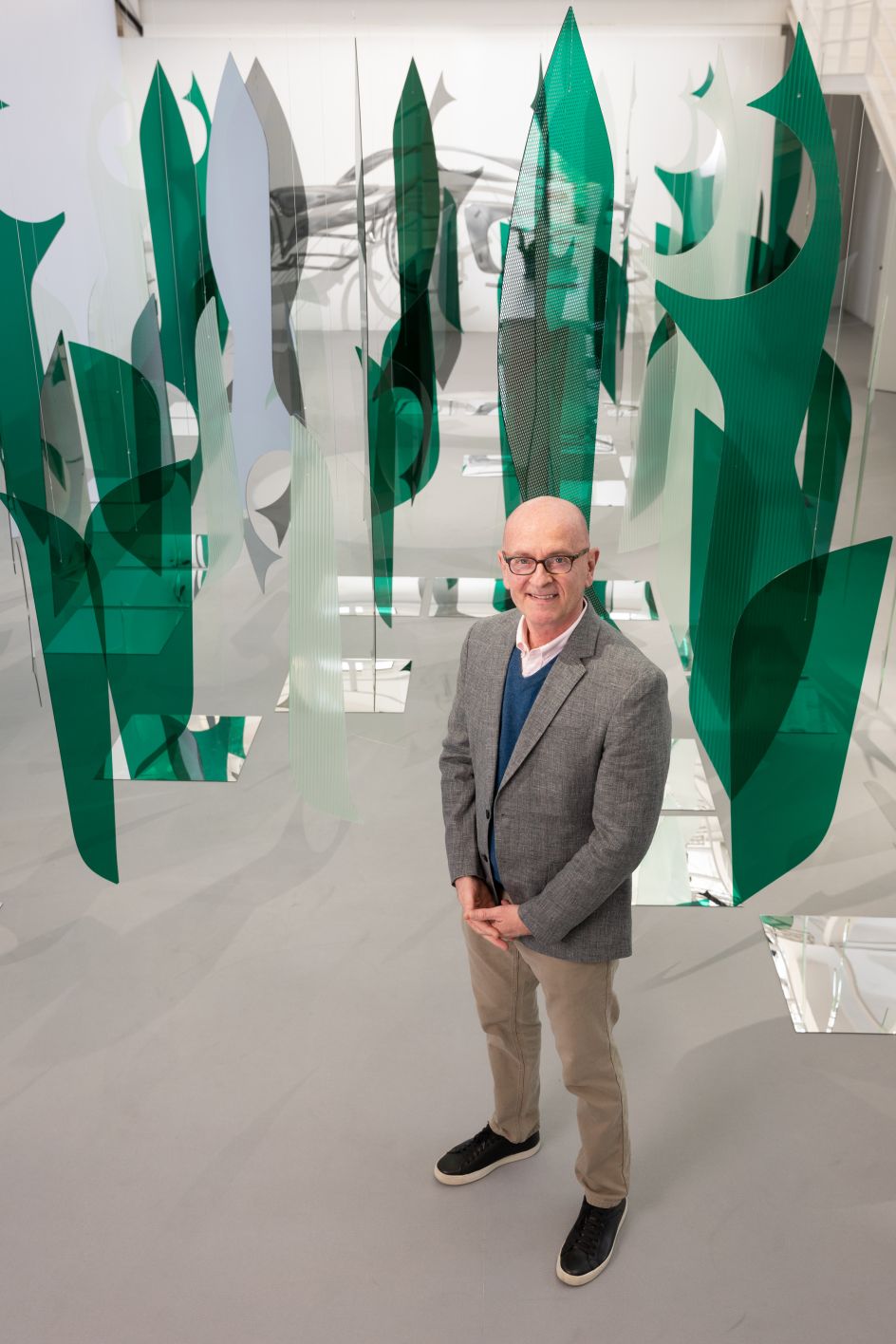
The Shaped by Air installation was created by the acclaimed New York-based artist and architect Suchi Reddy, the founder of Reddymade Architecture and Design
As a result, Lexus now has a consistent design philosophy across its entire range. "For the first 20 years of its life, Lexus felt like it designed lots of cars that were almost unrelated," says Brian. "Now we have a more cohesive family of products from a design perspective and an engineering perspective. Because for the last few years, we've had a really great chief engineer as one of our most senior executives. So we've talked a lot about a Lexus driving signature, which means you don't have a chief engineer for product A making something wildly different from product B. Every product is part of a cohesive family."
Brand fundamentals
Beyond consistency, though, how does Lexus define itself against rival design brands? One essential characteristic, Brian says, is customer care.
"I've personally researched the brand from Russia, to China to Japan, to the US and various parts of Europe," he says. "And no matter where we go, or what consumers think of the actual cars – they might either love or hate them – they'll always say, 'I know you take good care of customers.'
"On top of that, we layer in craftsmanship," he continues. "So that also sets us apart. The amount of handwork that's in a Lexus – the quality of the stitching, the way the wood is milled, how the metal is inlaid – it's at a different level. Plus, there are a lot of things that you don't see. For instance, Lexus versus Toyota has hundreds of additional spot welds and hundreds of feet of adhesives. All these things make the body structure more solid and less prone to any kind of squeak or rattle, or even any kind of flex."
But is it a truly global brand in terms of consistent messaging? Brian says that's the aspiration, although he concedes it's not always easy.
"When you're on sale in 100 countries, where every country is at a different level of maturity in terms of infrastructure, that can be a challenge in practice. Sometimes we have to bend to whatever works locally in terms of messaging, so we give our markets that latitude. If China has to say it differently than the UK, or America and Europe, that's fine. But we still want them to hit upon common things like the craftsmanship, like the customer care, like the legacy."
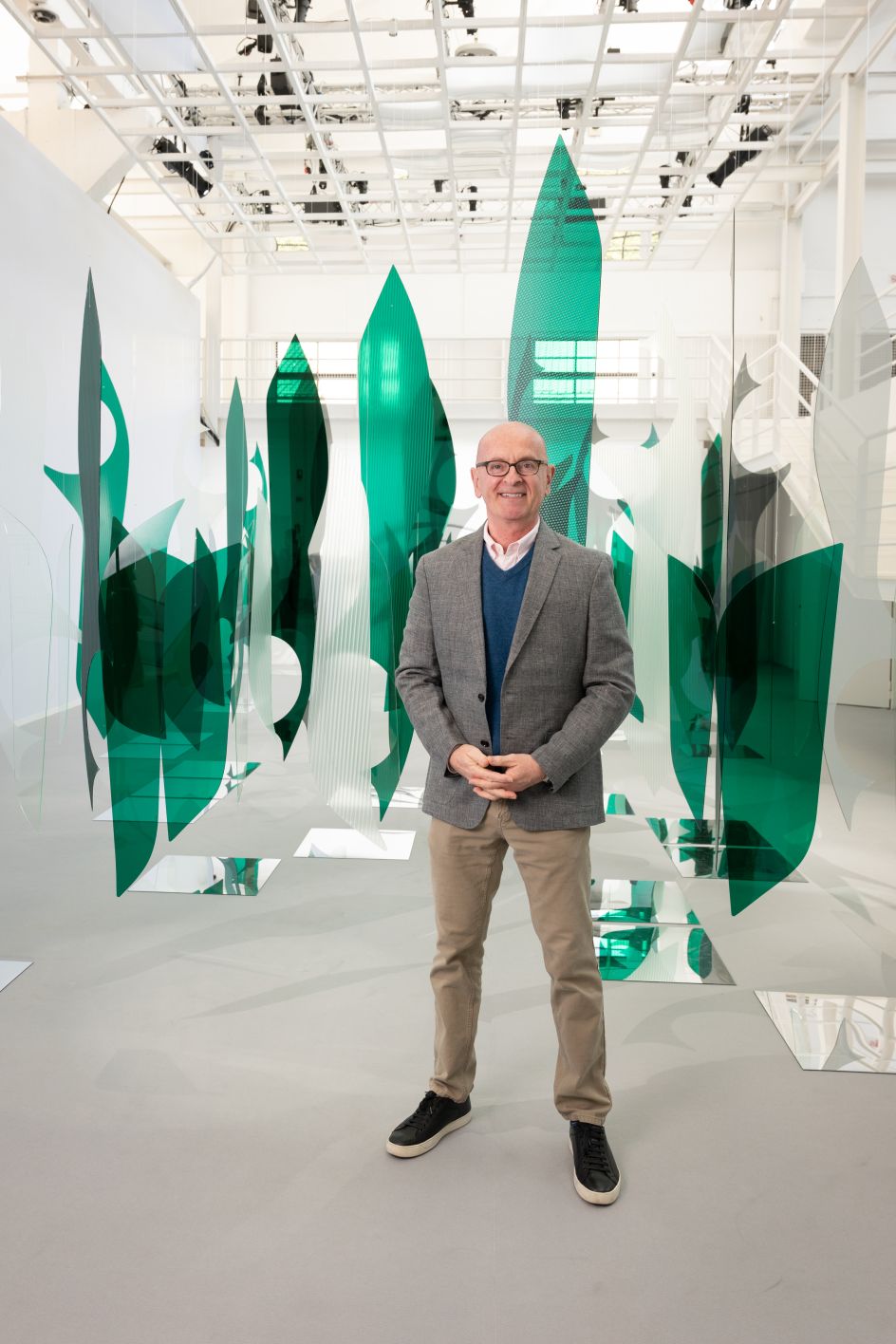
The installation is inspired by the Lexus Electrified Sport, Lexus’s vision for a future all-electric sports coupe, and the quality it projects of being shaped by the air around it.
And Brian strongly believes in sticking to those branding fundamentals – however the cars themselves change. "I've been around Lexus since it was created a long, long time, so I've seen the brand through many phases," he says. "And I don't think the foundation will ever change. The foundation of customer care, quality and craftsmanship will be with us forever.
"When I talk to some of our chief designers, they don't envision throwing that philosophy away; they envision evolving that," he adds. "So, for example, electrification allows us to completely change proportion. Because batteries are now in the floor, you don't have a big motor in the front; everyone has more passenger space. So I expect proportional change more than I expect a complete redo."
Changing the conversation
That said, he agrees that the current pivot toward electrification, which Lexus is aiming to complete by between 2030-2035, depending on the country, is changing the conversation.
"Because when you start thinking about how electric motors work and distribute power, do we ever get to the point where we've got in-wheel motors, where you're managing your torque vectoring very precisely?" he asks. "How many brains are in a car, right? There's something controlling steering and something controlling braking, and something controlling suspension. But what if that was altogether in one thinking, unified object that makes the car so much more cohesive?
"So I think in the coming five-plus years, we will start hearing the industry have a very different dialogue about what a car is. And how something feels is very important for Lexus because a lot of our effort is about how a customer feels as part of the brand."



















